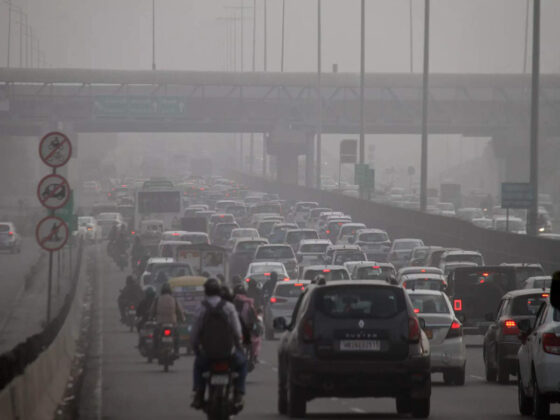When people think of a heart attack, they often imagine a dramatic scene where someone clutches their chest and falls to the ground. This image has been reinforced by movies and television, but it’s not always accurate, especially for women. Heart disease is the leading cause of death for women, but their symptoms can be quite different from those experienced by men. Understanding these differences is crucial for early detection and treatment. Let’s explore why chest pain isn’t the only sign of heart problem in women and what other symptoms you should look out for.
The Traditional Symptoms
For many years, heart attack symptoms have been studied primarily in men. The classic sign is intense chest pain, often described as a heavy weight or squeezing sensation. Men may also experience pain radiating down the left arm, shortness of breath, and sweating. While these symptoms can and do occur in women, they are not the only indicators of a heart problem.
The Different Experience of Women
Women’s heart attack symptoms can be more subtle and varied. Research shows that women are less likely to experience the “Hollywood heart attack” with its dramatic chest pain. Instead, they might have symptoms that are easy to overlook or attribute to other conditions. Here are some key symptoms that women should be aware of:
1.Fatigue
Unusual or extreme fatigue is one of the most commonly reported symptoms by women weeks or even months before a heart attack. This isn’t just feeling tired after a long day, but a deep fatigue that is unusual for you and doesn’t improve with rest.
2.Shortness of Breath
Feeling like you can’t catch your breath, especially when lying down, is a significant sign. This can occur with or without chest pain and might happen suddenly or gradually.
3.Nausea and Dizziness
Women may feel nauseous, dizzy, or lightheaded during a heart attack. These symptoms are often mistaken for gastrointestinal issues, such as indigestion or the flu, but can be indicative of heart trouble.
4.Pain in the Neck, Jaw, or Back
Instead of the classic left arm pain, women might feel pain in their neck, jaw, shoulder, upper back, or even abdomen. This pain can come on suddenly or gradually and may wax and wane.
5.Sweating and Cold Clammy Skin
Breaking out in a cold sweat, similar to the feeling of anxiety or stress, can be a symptom of a heart attack. This isn’t the same as the sweat from exercise or being in a hot environment.
Why These Differences Matter
These differing symptoms can lead to delays in seeking treatment. Women might dismiss their symptoms as non-threatening or unrelated to their heart. Even when they do seek medical help, their symptoms can be misunderstood by healthcare providers who are more familiar with the male presentation of heart attacks.
The Importance of Awareness
Awareness is the first step to prevention. Women need to recognize these symptoms and take them seriously. If you experience any of these signs, especially if you have risk factors like high blood pressure, diabetes, or a family history of heart disease, seek medical attention immediately.
Taking Preventive Measures
Preventing heart disease involves lifestyle changes and regular check-ups. Eating a balanced diet, exercising regularly, quitting smoking, and managing stress are essential steps. Regular medical check-ups can help monitor blood pressure, cholesterol levels, and other risk factors.
Heart disease is a significant threat to women’s health, but it can often be managed or prevented with awareness and proactive care. Chest pain isn’t the only sign of heart trouble; fatigue, shortness of breath, nausea, and other subtle symptoms can indicate a problem. Understanding and recognizing these signs can save lives. Always listen to your body and don’t hesitate to seek medical advice if something doesn’t feel right. Your heart health is too important to ignore.











